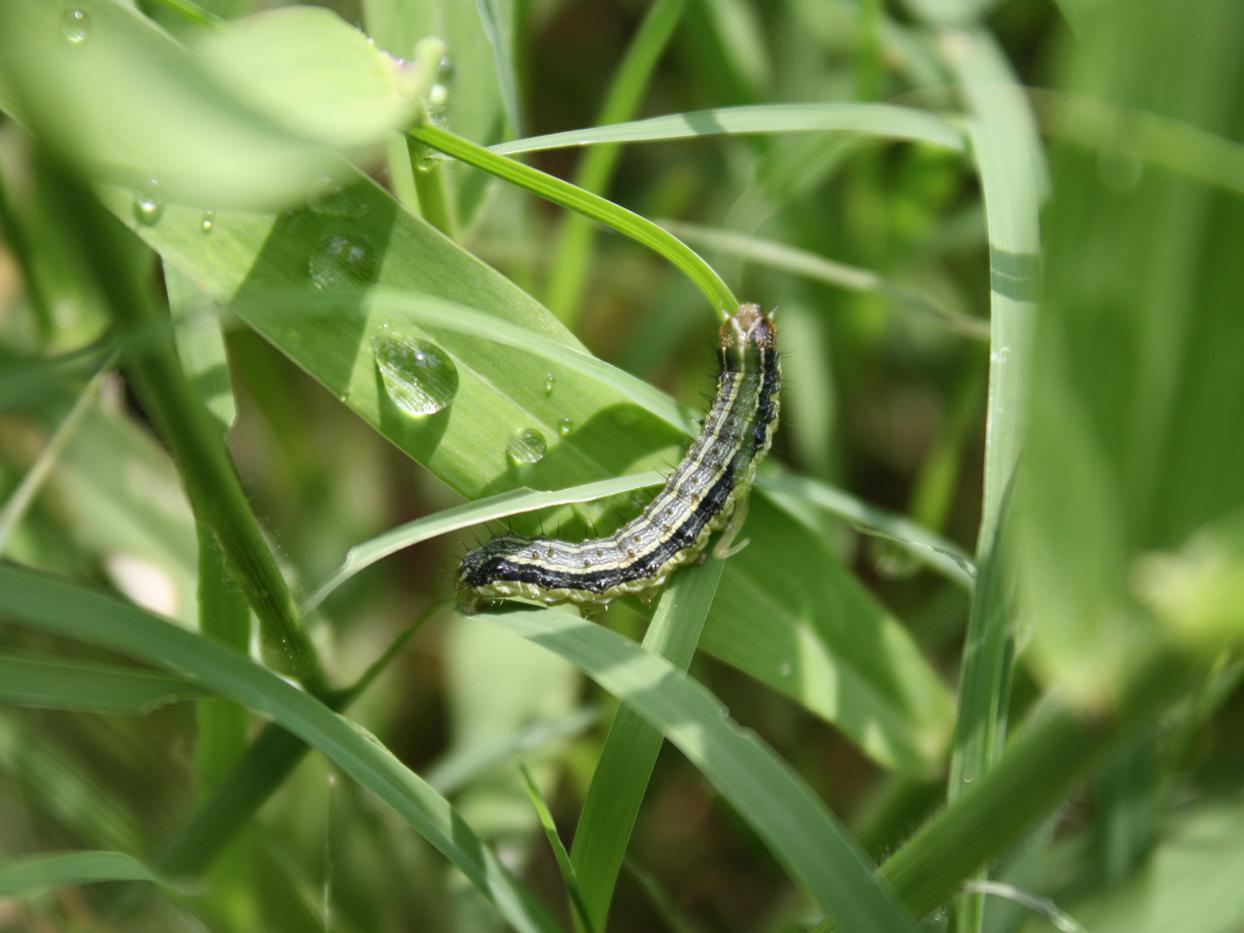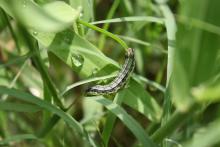Information Possibly Outdated
The information presented on this page was originally released on July 20, 2012. It may not be outdated, but please search our site for more current information. If you plan to quote or reference this information in a publication, please check with the Extension specialist or author before proceeding.
2012 drought will shrink livestock's profit margins
MISSISSIPPI STATE – Pictures of wilting corn in the Midwest may dominate the evening news, but the 2012 drought is also shrinking livestock’s profit potential nationwide.
John Michael Riley, agricultural economist with Mississippi State University’s Extension Service, said the drought means livestock, dairy and aquaculture producers will continue to see higher feed prices.
“Cattle will be the most impacted, both directly -- by a grass shortage -- and indirectly -- by higher feed supplement costs,” he said. “Because of this drought, any species that rely on forages and grains will cost more to feed and maintain, and in the end, consumers will likely feel the tug in their household budgets.”
Riley said last year’s drought was more localized, impacting only a handful of states in the southern Plains. While Texas conditions are not as severe as in 2011, it remains in a drought zone. Currently, about 80 percent of the United States is in some stage of drought.
“The downsizing of the national cattle herd started last year during the Texas drought, and that is continuing this year as producers cope with deteriorating pastures and higher feed costs,” Riley said. “Once this push of cattle to market clears, cattle supplies nationwide will tighten even further as we move into 2013. The result could be higher cattle prices if demand holds up.”
Riley said Mississippi producers should benefit from the higher crop prices and pasture conditions because their land received some July rains, but there are no economic guarantees.
“Pork, catfish and poultry farmers also will feel the effects of the drought with higher costs of production, especially from corn and soybean prices,” he said. “Producers will either have to move their prices up, cut back on production, or more likely, sell out completely -- go out of business -- thus lowering supply down the road.”
Riley said Mississippi should have a better corn and hay crop than other areas, but some early damage could limit the potential of both crops.
“Growers with decent yields will benefit from the higher prices,” he said. “There are isolated cases where fields suffered significant yield losses from the June drought.”
Rocky Lemus, an Extension forage specialist in MSU’s Department of Plant and Soil Sciences, said 60 percent of the state’s pastures were in critical condition at the end of June.
“Rains throughout July have helped pastures recover and sustain animals, but moisture has varied, and 40 to 45 percent of the pastures are still critical,” he said. “Producers with some pastures in southwest Mississippi needed to feed hay to help sustain animals this summer, but rains are helping pastures rebound there.”
Lemus, who is also a researcher with the Mississippi Agricultural and Forestry Experiment Station, said producers need to try to extend the grazing season by delaying animal access to grasses, such as fescue, Bermuda or Bahai grass, because corn and other supplements are going to be so expensive.
“Hay production is down this year, and those who have it are hesitant to sell until they know what prices will do,” he said. “The first cutting was fine. The second had low yields, and then third cuttings have been delayed. Hay growers who usually cut on 30-day intervals are going to 45-day intervals, which can reduce quality and might require expensive supplements for animals later.”
Lemus said growers have seen increased populations of grasshoppers, but they are not causing significant damage.
“After these rains, we need to watch for army worms as new vegetation begins growing,” he said. “Already, we are seeing populations increase.”












